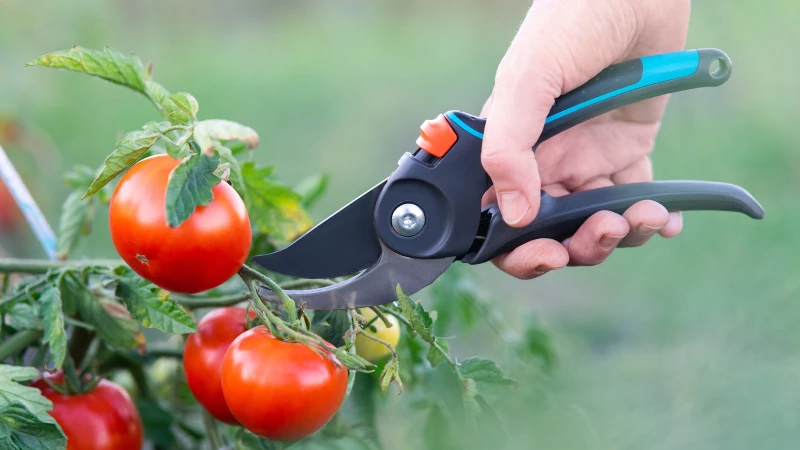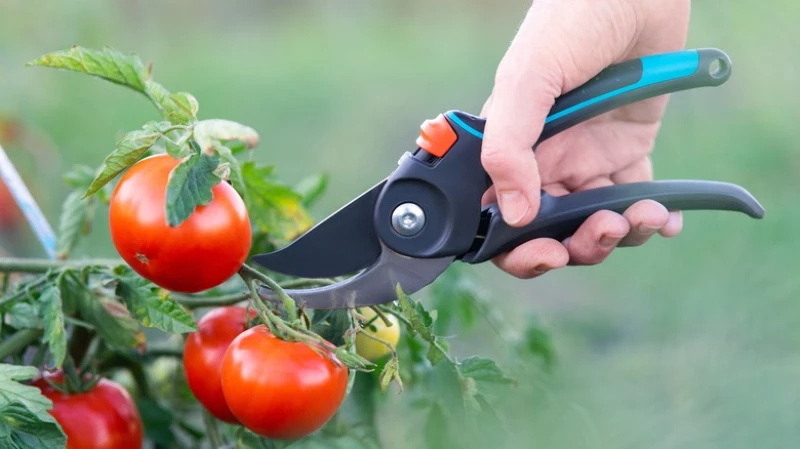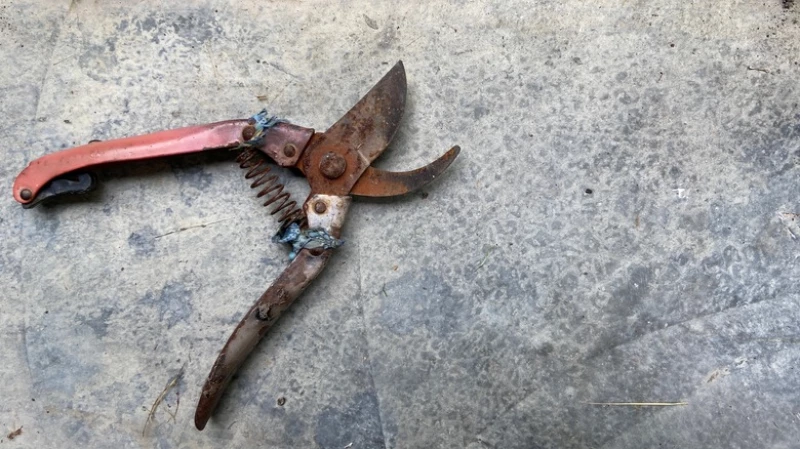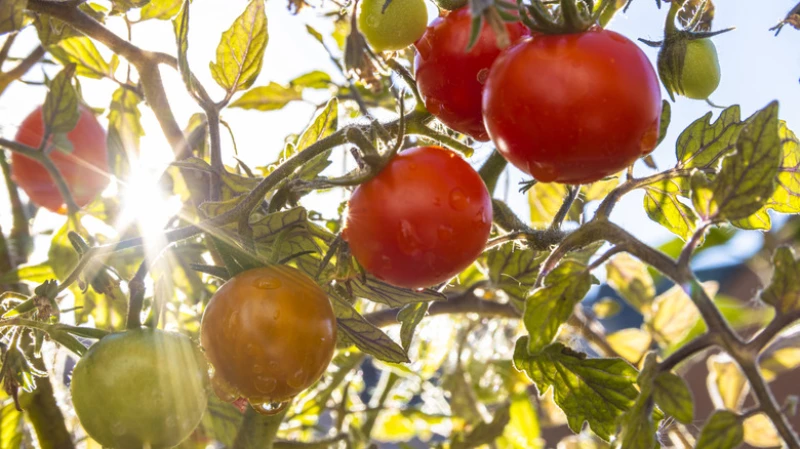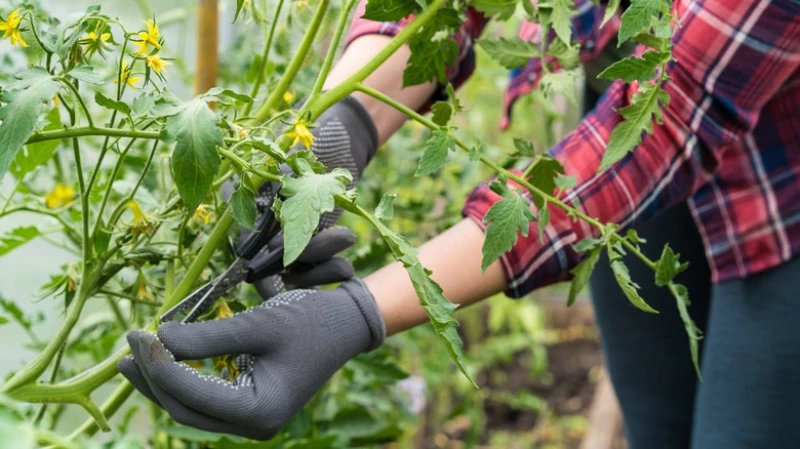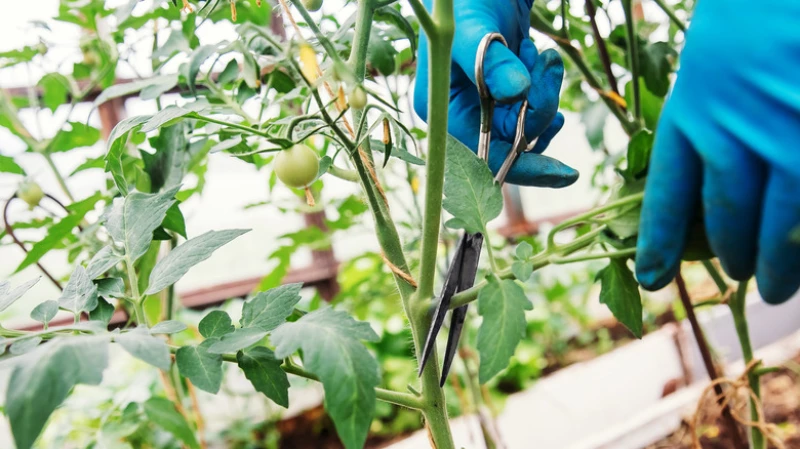Common Mistakes in Tomato Plant Pruning
Tomatoes are a versatile fruit that can be used in various culinary creations. With over 10,000 varieties, there's a tomato for everyone's taste. Growing tomatoes is relatively easy, but proper pruning is essential for optimal growth and healthy fruit. Avoiding common mistakes in tomato plant pruning can lead to higher yields, faster ripening, and more robust plants. Here are the crucial mistakes to avoid:
- Pruning when the plants are wet: Pruning wet plants can spread diseases and lead to infections. It's best to wait until the plants are dry before pruning.
By avoiding these common mistakes and practicing proper pruning techniques, you can grow the most beautiful tomatoes your garden has ever seen.
As with any job, the right tools are crucial for completing a project with ease and efficiency. But you can't just stop at the right tool — it needs to be well-maintained, too. Using dull or rusty blades can cause serious damage to your plants because they squish the stem instead of cleanly slicing through. Repeatedly doing this will damage the stem tissue and leave your tomatoes highly susceptible to disease.
When it comes to pruning your plants, it's important to choose the right tools for the job. Whether you're using gardening shears, scissors, or clippers, opt for handheld tools that allow for optimal control. Before you start pruning, take a close look at your tools. Are the blades sharp? You can test this by using a piece of paper - if the blades tear the paper, they need to be sharpened. If they cut through crisply, they're ready to go.
Next, check if the tools are dirty or sticky. Wash off any debris with warm water and soap, then dry them thoroughly. The final step is to disinfect the tools with rubbing alcohol. You can either dip the blades in rubbing alcohol or wipe them with a cloth soaked in alcohol. Make sure the alcohol stays on the blades for at least 30 seconds before drying them off. It's a good practice to disinfect your tools at the beginning of pruning and between switching plants to prevent the spread of disease or bacteria.
Not checking your variety
Before you start pruning your tomato plants, it's crucial to check the variety you have. Tomatoes can be classified into two types: determinate and indeterminate. It's important to know which type you have because determinate tomatoes should not be pruned. Pruning determinate tomatoes can significantly reduce or even eliminate fruit production.
Determinate tomatoes have a specific height limit and are typically compact and bush-like. Most of the fruit on determinate tomatoes matures within a month or two, and it grows on the ends of the plant's branches. That's why it's best not to prune them. If you're planning to make canned tomatoes or pasta sauce, determinate tomatoes are a great choice as they provide a bountiful harvest all at once.
Pruning in the Afternoon

While tomatoes certainly love ample sunshine, the intensity of those midafternoon rays can be harsh and unforgiving. Just like watering your garden at the wrong time is a big mistake, pruning during the hottest part of the day is an equally big no-no. In its vulnerable, post-trimmed state, the plant is much more likely to wilt or suffer as a result of damage inflicted by the scorching beams. In fact, 'sunscald' commonly afflicts tomatoes (most often when they're still green) that were previously shaded and then rapidly exposed to the sun, often from incorrect or overzealous pruning.
To sidestep this mistake, plan to clip and tidy your plants first thing in the morning or the early evening. If tackling your chores in the morning, make sure that any dew on the tomatoes has dried before you begin cutting. An added benefit to pruning in the early evening? It's also a great time to check for and get rid of tomato worms. They're highly active from dusk through the night, so keep an eye out for their movements as you clip, and you'll kill two birds with one stone!
Pruning Tips for Healthy Plants
When it comes to maintaining the health of your plants, proper pruning is essential. Here are some tips to ensure you're pruning correctly:
1. Focus on Suckers and Leaves: Suckers are small offshoots that appear between the main stem and branches. Pinch off any suckers that are less than two inches long. This can be done easily with your fingers, no tools required. Additionally, remove leaves on the lower half of the plant and any yellow leaves.
2. Avoid Cutting the Main Stem: One common mistake is accidentally cutting the main stem. This can be detrimental to the plant's recovery and overall health. Take care to only remove suckers and leaves, and avoid cutting the main stem.
By following these pruning tips, you'll help keep your plants strong and healthy. Remember to prune at the right time and focus on the right areas for optimal results.
When to Prune Your Plants
Pruning at the right time is crucial for the health and growth of your plants. Here are some guidelines to follow:
1. Timing: Prune your plants during their dormant season, which is typically in late winter or early spring. This allows the plants to recover and regrow before their active growing season.
2. Flowering Plants: If you have flowering plants, it's important to know their blooming cycle. Prune them right after they finish flowering to avoid cutting off next season's buds.
3. Fruit Trees: Prune fruit trees during their dormant season, but before they start to bud. This will promote healthy fruit production and prevent excessive growth.
By pruning your plants at the right time, you'll encourage healthy growth and maximize their potential. Always research the specific pruning needs of your plants to ensure you're pruning them correctly.
Over pruning
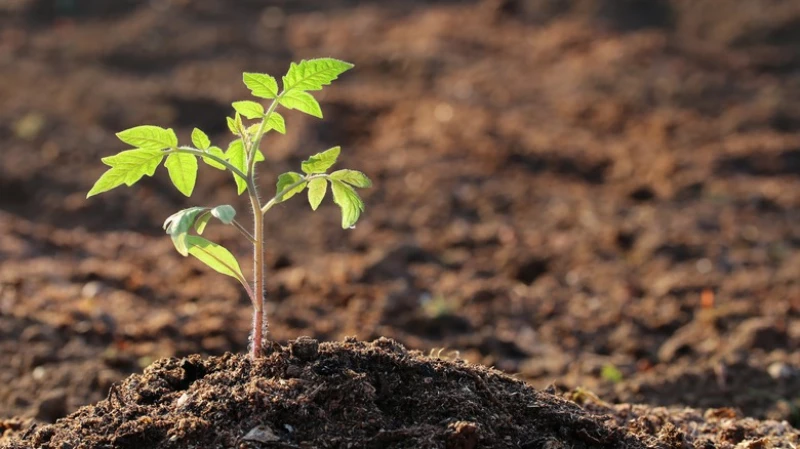
Can too much of a good thing quickly turn into a bad thing? When it comes to trimming your tomatoes, the answer is a resounding yes. While we know that thinning out the leaves is beneficial for airflow (and thus reducing the chances of fungal problems), they're incredibly important as the fruit's primary defense against scorching sunshine. Overpruning causes a whole slew of issues — from making the tomatoes more susceptible to sunscald, to stressing the plant, reducing the crop, and even negatively affecting the flavor.
Pruning Tips for Tomato Plants
When it comes to pruning tomato plants, it's important to strike a balance. While it's necessary to remove some leaves and suckers for optimal growth, it's also crucial not to go overboard. Removing more than one-third of the leaves in one session can cause excessive stress to the plant and potentially lead to its death.
On the other hand, there is no specific number of leaves or suckers that should be clipped each time. It's best to err on the side of caution and only remove a handful of leaves and suckers per pruning session. This advice holds true even if your tomato plants are growing wild and scraggly. Although it may be tempting to give them a severe trimming, doing so will only create more problems in your vegetable patch.
However, as your tomato plants approach harvest time, it's important to adjust your pruning schedule. Avoid pruning all the way up to harvest, as this can increase the risk of sunscald. By allowing your plants to grow without regular clipping, they have time to produce natural shade that protects the delicate fruit from the hot sun.
If you have been following a rigid, two-week snipping schedule, make sure to leave a one or two-week window free before your estimated first harvest. This gives the plant enough time to develop its defenses and protect the fruit during its final ripening stages. The result will be vibrant, juicy, and flavorful tomatoes that are free from sun damage.

